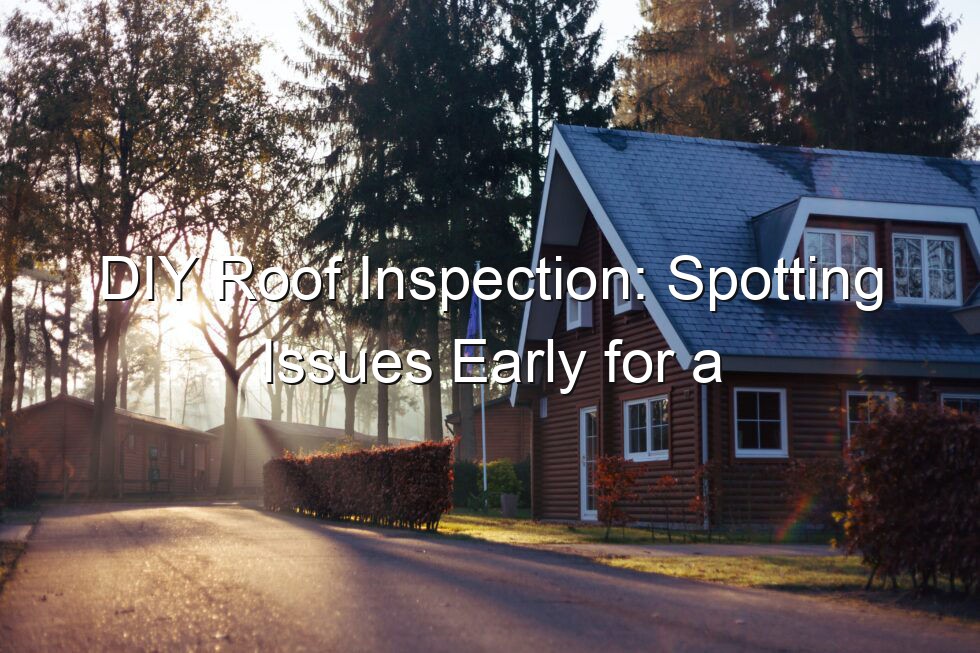Contact us today to ask about our FREE remote Google imaging and/or on-site roofing quotes.
Call us today!
(778) 809-7663
Contact us today to ask about our FREE remote Google imaging and/or on-site roofing quotes.
Call us today!
(778) 809-7663

Owning a home is a significant investment, and ensuring its structural integrity is crucial for the safety and comfort of your family. The roof, as your home's first line of defense against the elements, requires regular maintenance and inspections. In this comprehensive guide, we'll walk you through the process of performing a DIY roof inspection to spot potential issues early. By identifying problems sooner rather than later, you can save on costly repairs and extend the lifespan of your roof.
Table of Contents
Whether you're a seasoned homeowner or a first-time buyer, conducting a DIY roof inspection is a skill that can save you money and stress in the long run. By addressing problems early, you can prevent leaks, water damage, and structural issues. Here's a step-by-step guide to help you master the art of DIY roof inspection:
Before you begin, make sure you have the right tools at hand:
Safety should always be a priority when inspecting your roof. Ensure your ladder is stable, and someone is aware that you're performing an inspection. Use appropriate safety gear to prevent accidents.
Start by examining your roof from a distance. Look for:
Clogged gutters can lead to water backup and roof damage. Clean gutters and downspouts regularly and ensure water flows freely.
Go to your attic and look for:
Proper ventilation is essential for your roof's longevity. Check vents for debris or blockages, and ensure air is flowing freely.
Water stains on your ceilings or walls are red flags. Trace the source of leaks and address them promptly to prevent further damage.
Use your smartphone or camera to take clear photos of any issues you discover. These visuals will be helpful if you need to consult a professional.
Once you've identified potential problems, research possible solutions. Some issues might be simple to fix, but others may require professional intervention.
Perform roof inspections at least twice a year—ideally in the spring and fall—to catch problems before they worsen.
It's recommended to inspect your roof at least twice a year, typically in the spring and fall. Additionally, after severe weather events, it's a good idea to check for any potential damage.
Yes, you can perform a roof inspection on your own. However, if you're uncomfortable with heights or notice significant issues, it's wise to consult a professional roofer.
If you find damaged shingles, it's best to replace them promptly. Damaged shingles can lead to leaks and further deterioration of your roof.
To prevent moss growth, keep your roof clean and free from debris. Trim any overhanging branches to allow more sunlight, and consider using zinc or copper strips to inhibit moss growth.
Yes, inspecting your attic is crucial. Attic issues, such as insufficient insulation or poor ventilation, can lead to roof problems. Look for signs of leaks, pests, or inadequate airflow.
If you're unable to identify the source of a leak, it's best to consult a professional roofer. They have the expertise and tools to diagnose and fix leaks accurately.